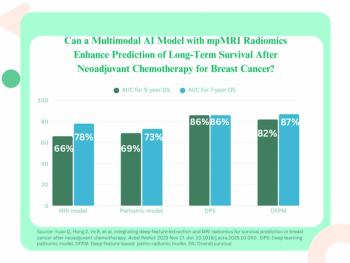
Three-T MRI bolsters diagnosis of focal epilepsy
A recent study at the Oregon Health and Science University in Portland has confirmed that 3T MRI improves on 1.5T MRI for detecting and characterizing structural brain abnormalities in patients with focal epilepsy.
A recent study at the Oregon Health and Science University in Portland has confirmed that 3T MRI improves on 1.5T MRI for detecting and characterizing structural brain abnormalities in patients with focal epilepsy.
Senior author Dr. Bronwyn E. Hamilton and colleagues evaluated 74 epilepsy cases. Three-T MRI detected the brain abnormalities in 65 patients compared with 55 detected by 1.5T MRI. Three-T MRI accurately characterized lesions in 63 cases, compared with 51 for 1.5T scanning. Findings were published in the September issue of the American Journal of Roentgenology.
Epilepsy brings a serious burden to patients and society. Surgery offers the potential for long-term cure, but it can be performed only on patients who have a specific structural abnormality in the brain that is detected on an imaging study, usually MRI. Since insurance companies may not pay for a second scan, it is preferable to obtain a 3T MRI the first go-round, Hamilton said.
"Patients with focal epilepsy have recurrent seizures that result from a specific area of their brain, usually due to a structural brain abnormality," he said.
OHSU radiologists and neurologists who specialize in epilepsy regard a patient with focal epilepsy as incompletely assessed without 3T MRI. Patients with prior negative 1.5T MRI usually had to undergo further imaging. Three-T has improved diagnostic certainty, according to Hamilton.
"We have had a number of patients who had gone undiagnosed with prior negative MR scans who later underwent 3T MRI at our institution that either disclosed a structural brain abnormality or better characterized it for the surgeon," Hamilton said.
For more information from the Diagnostic Imaging archives:
Newsletter
Stay at the forefront of radiology with the Diagnostic Imaging newsletter, delivering the latest news, clinical insights, and imaging advancements for today’s radiologists.




























